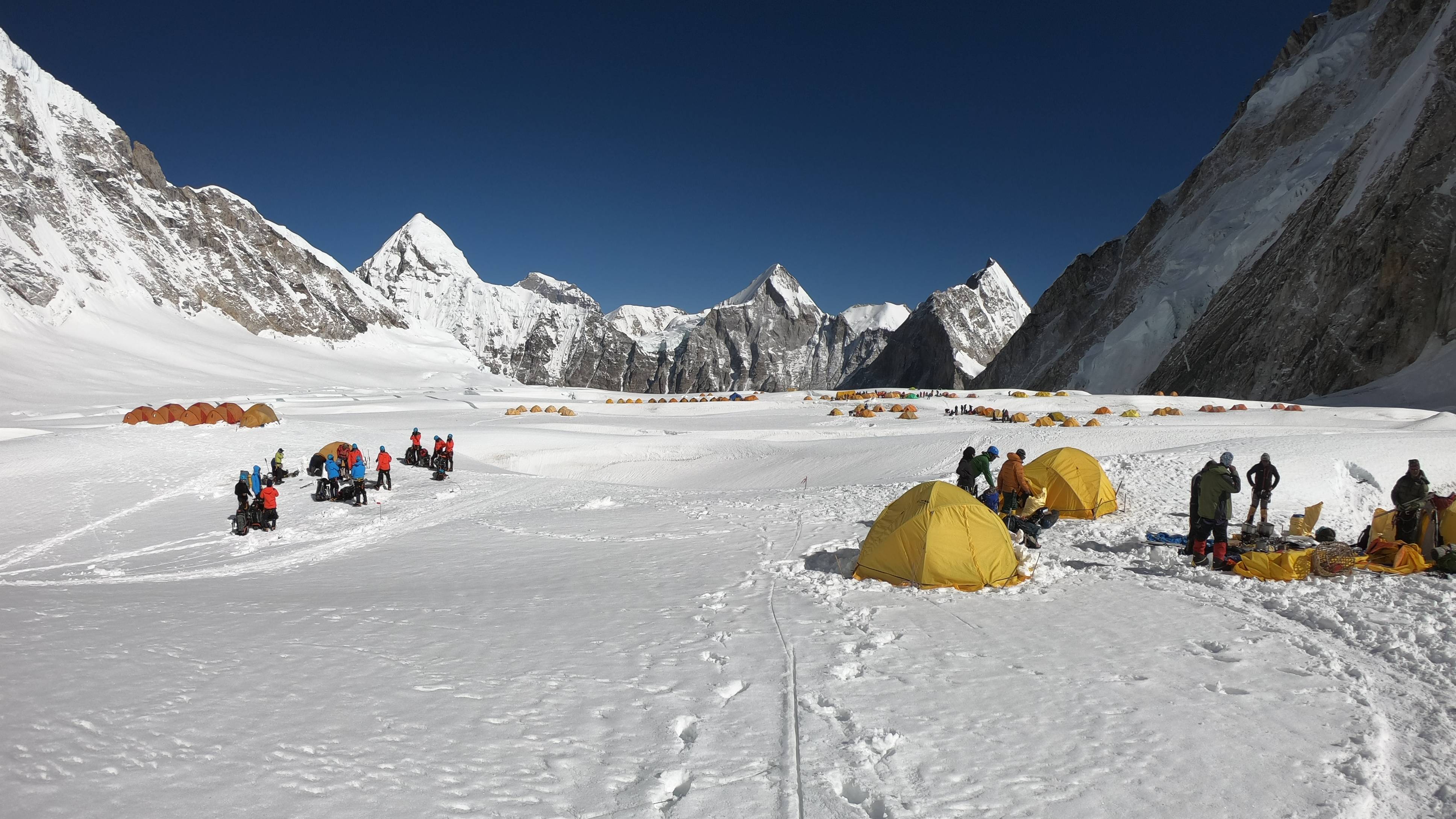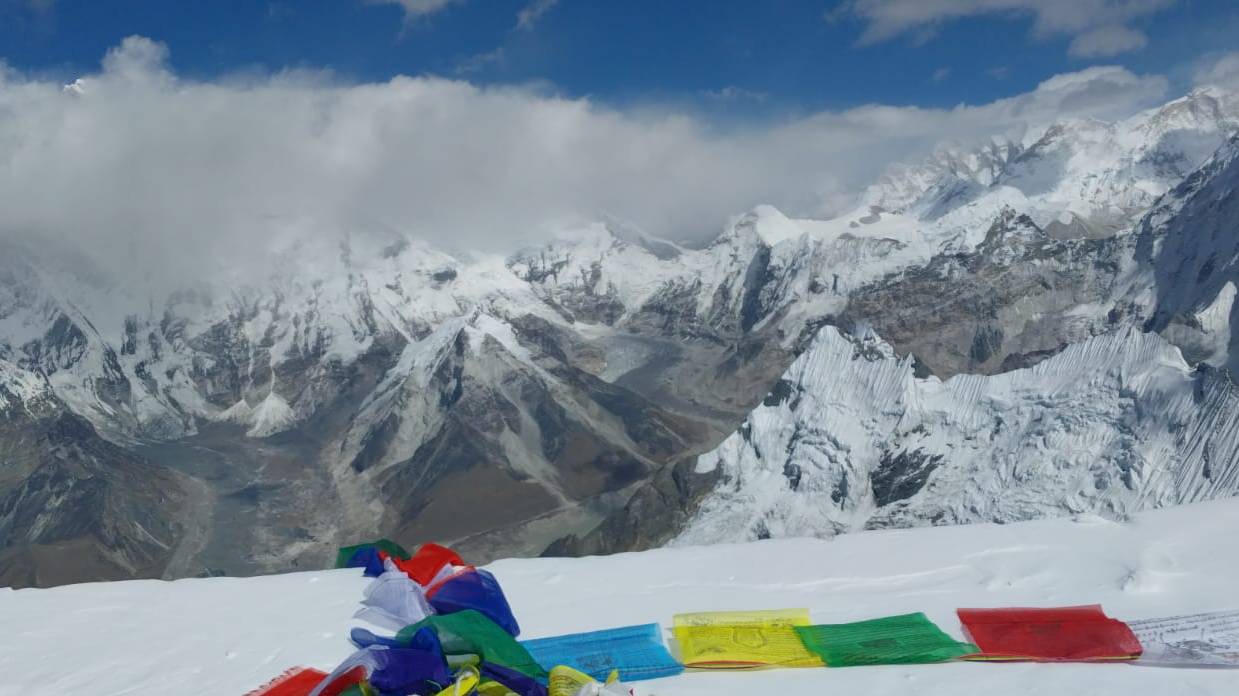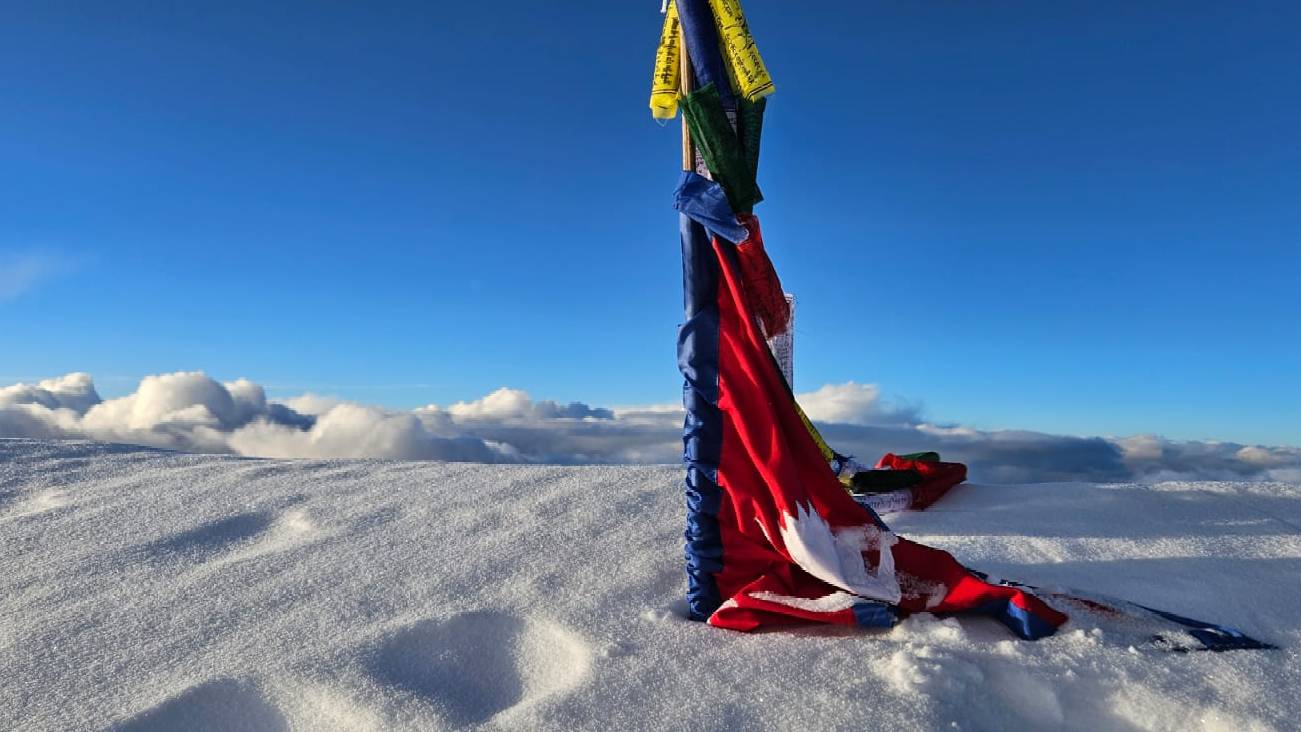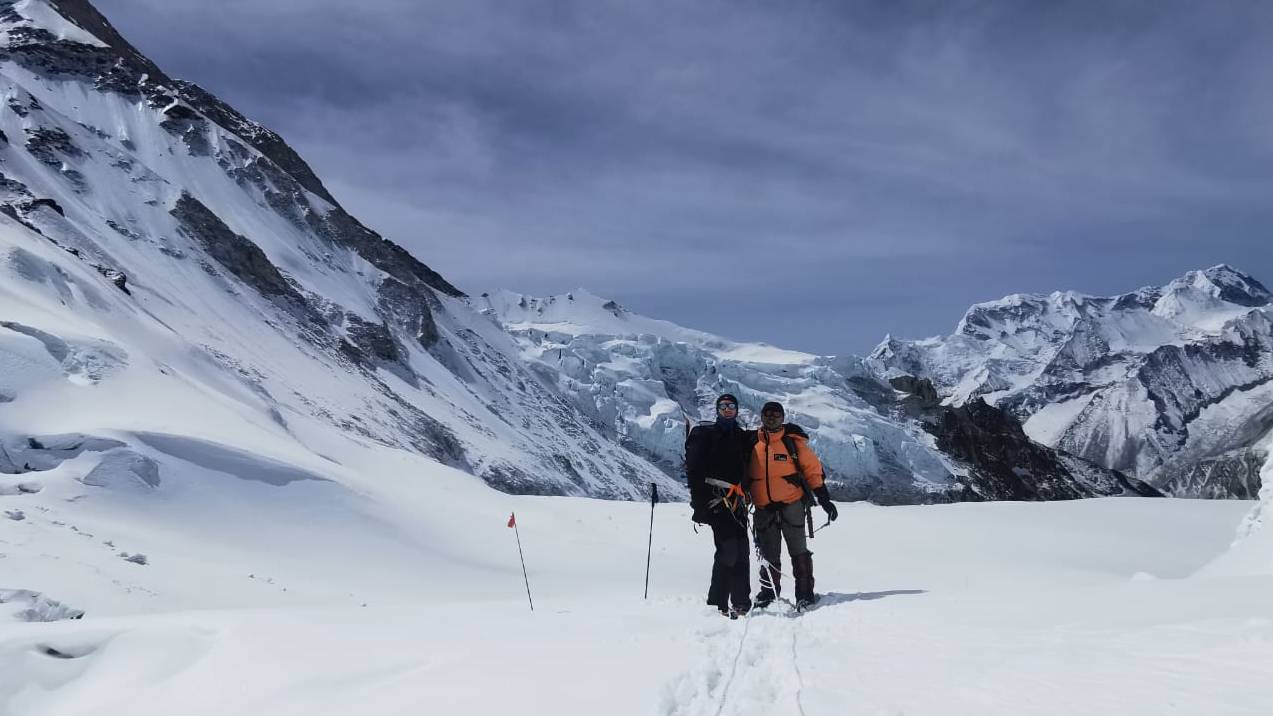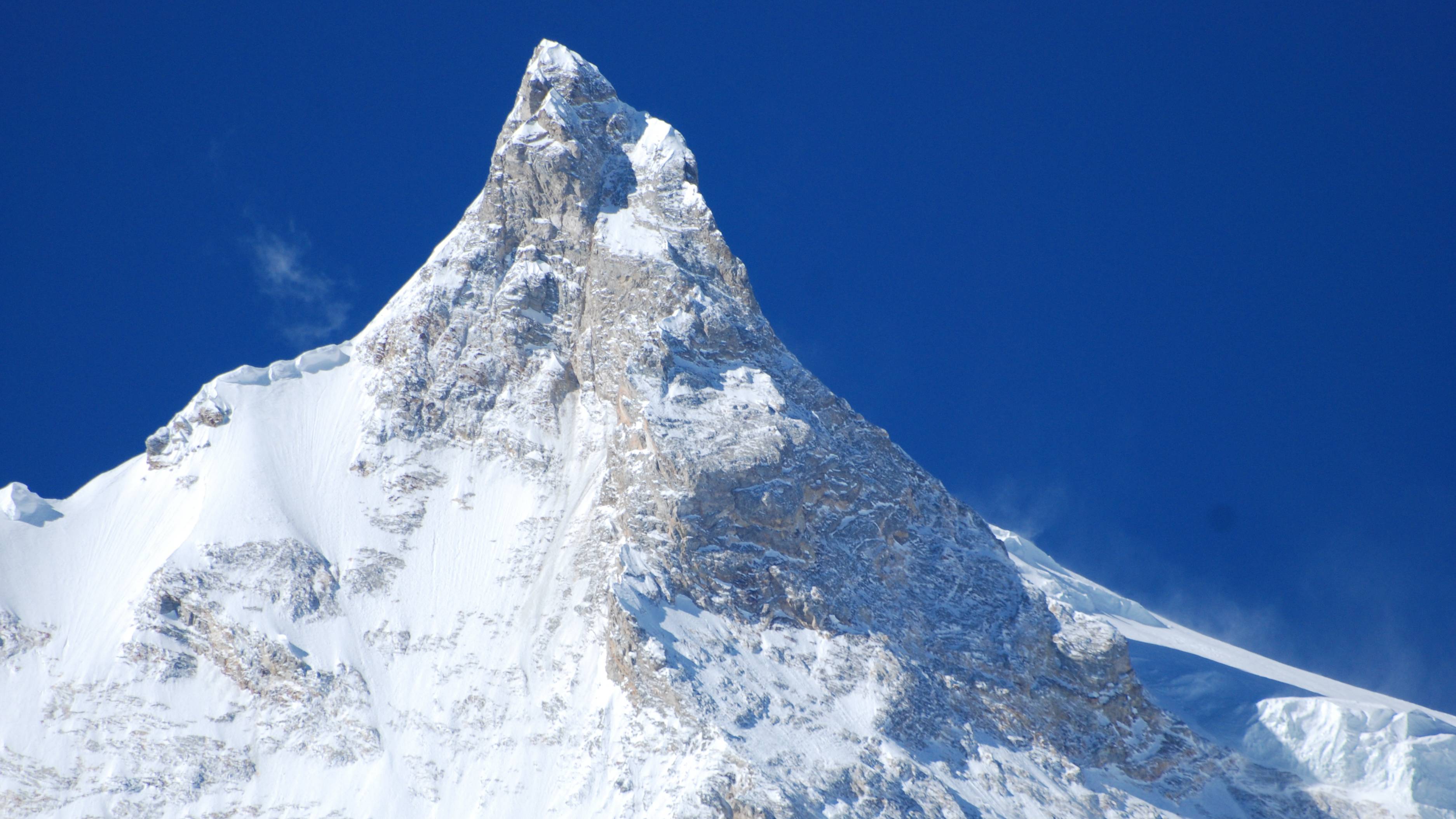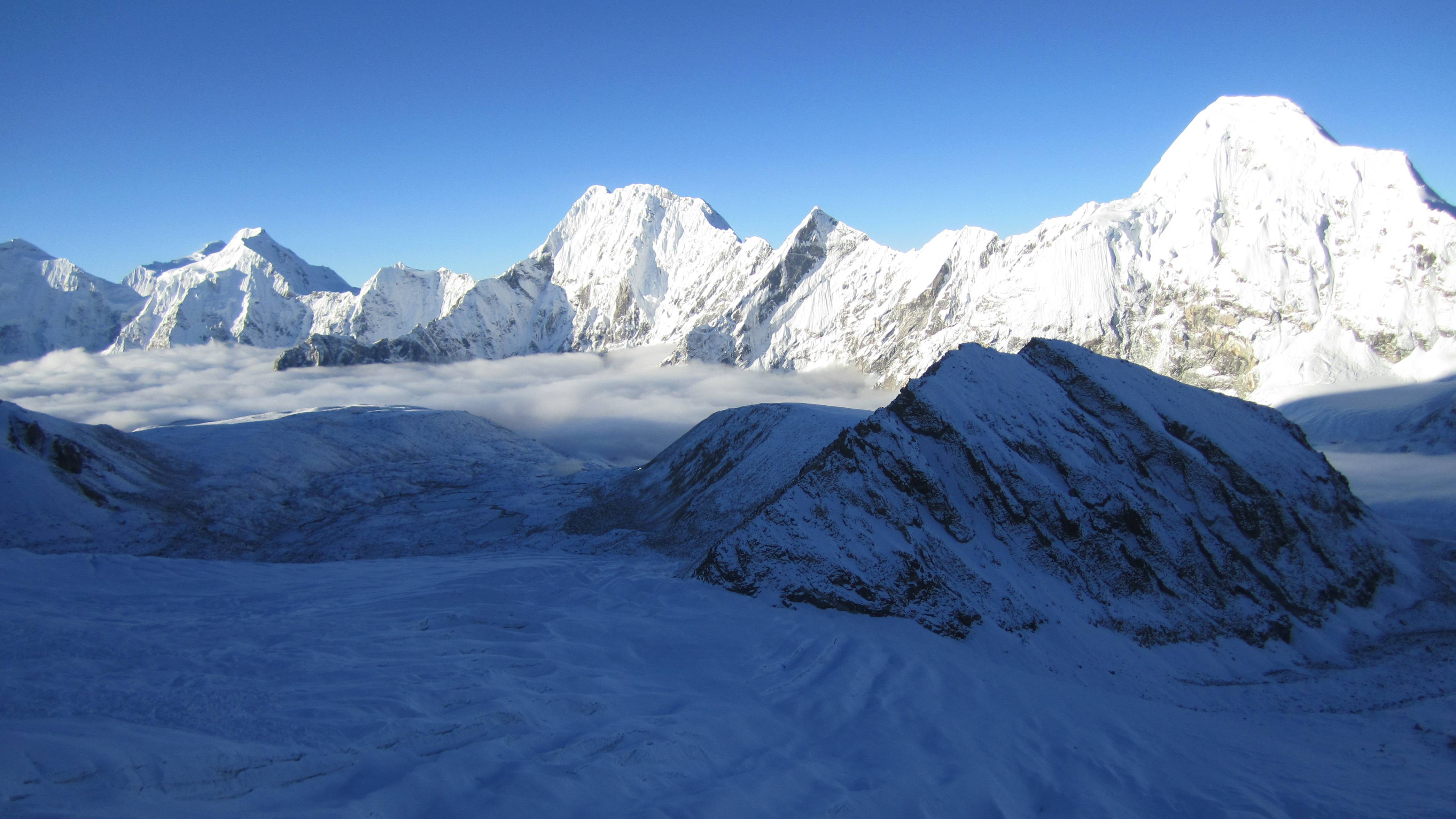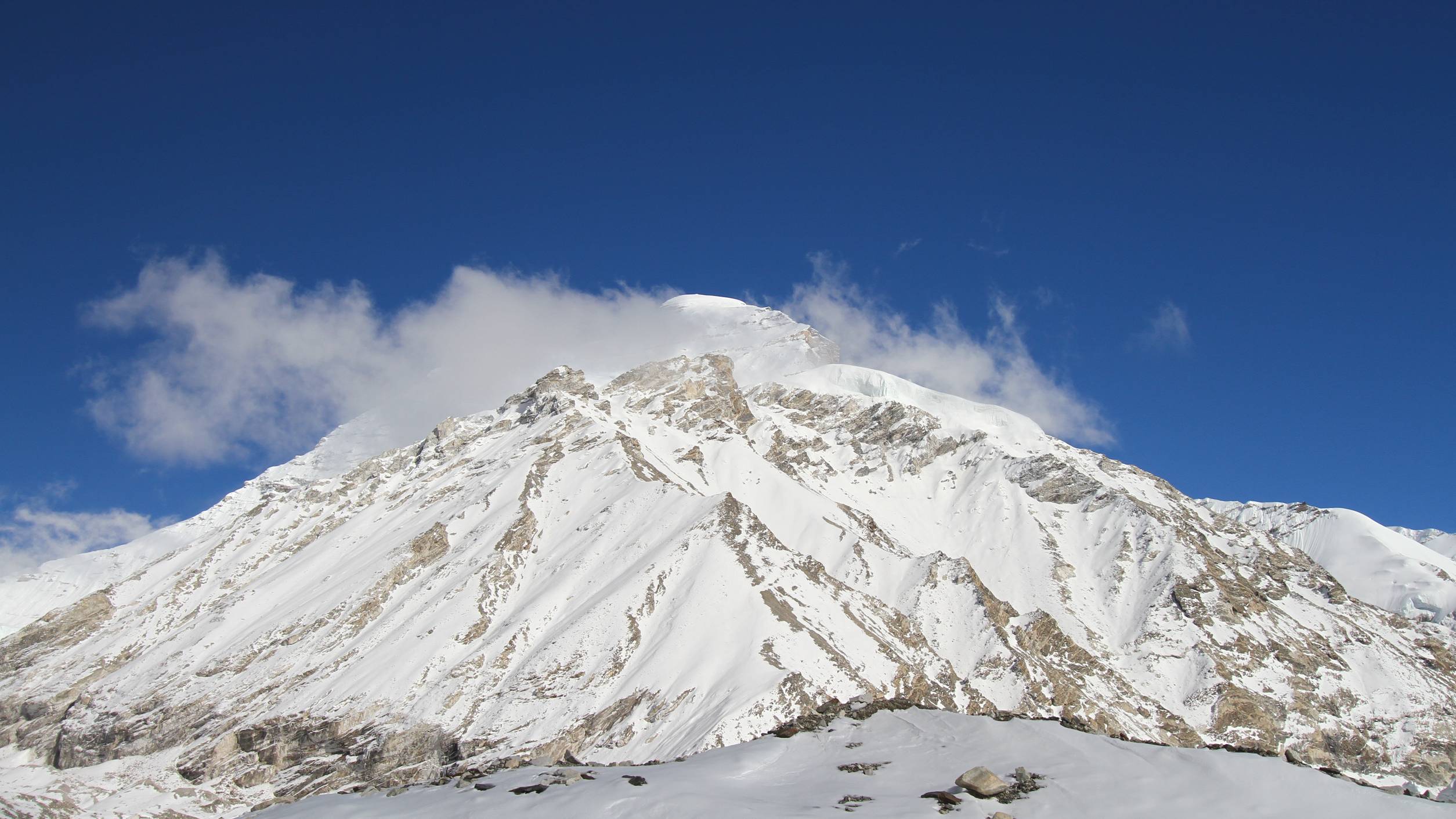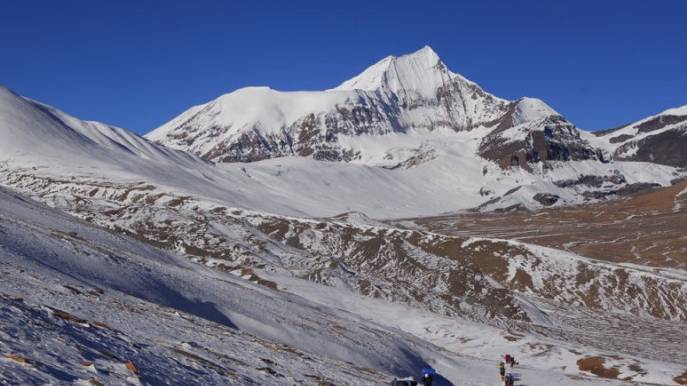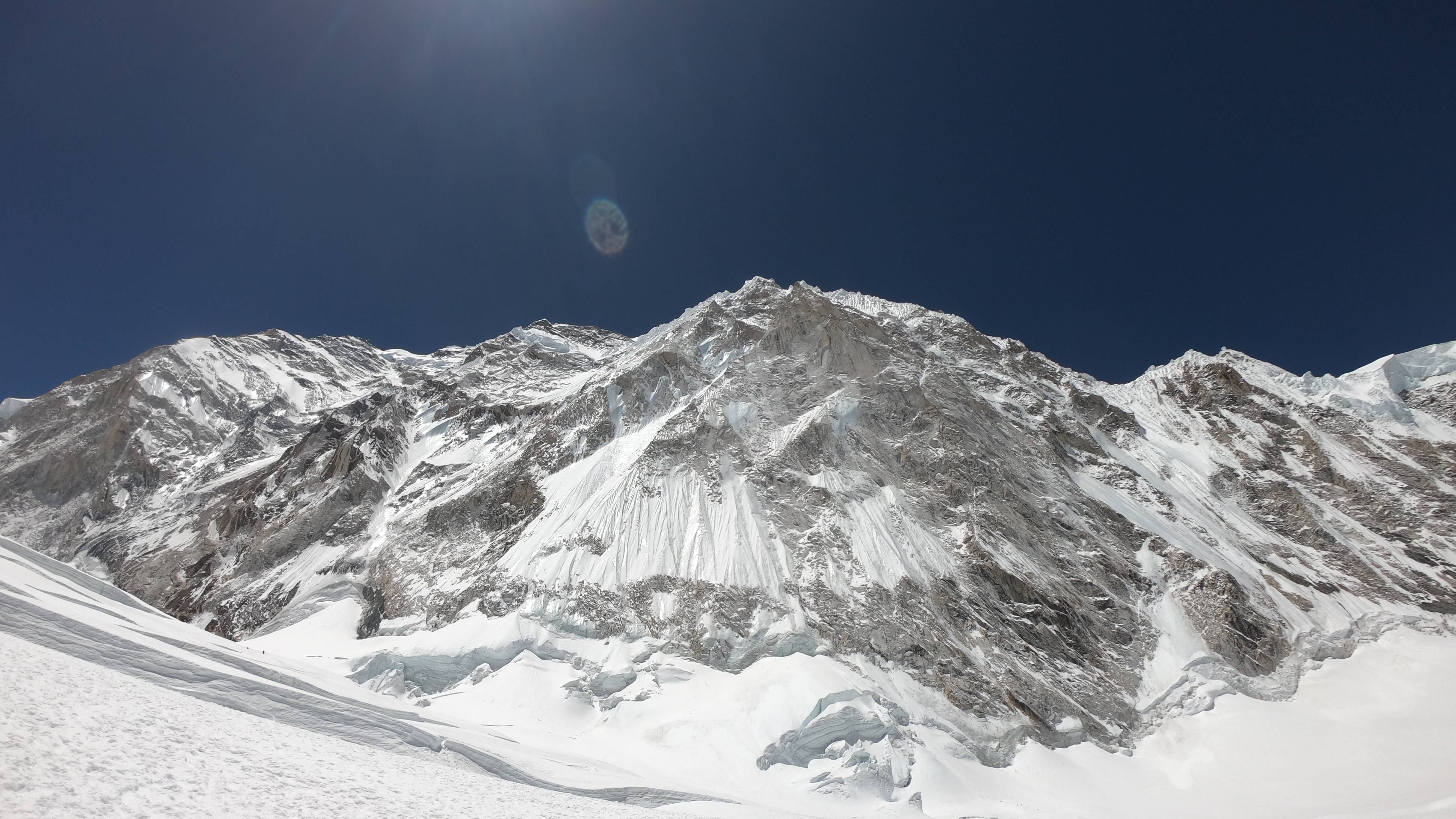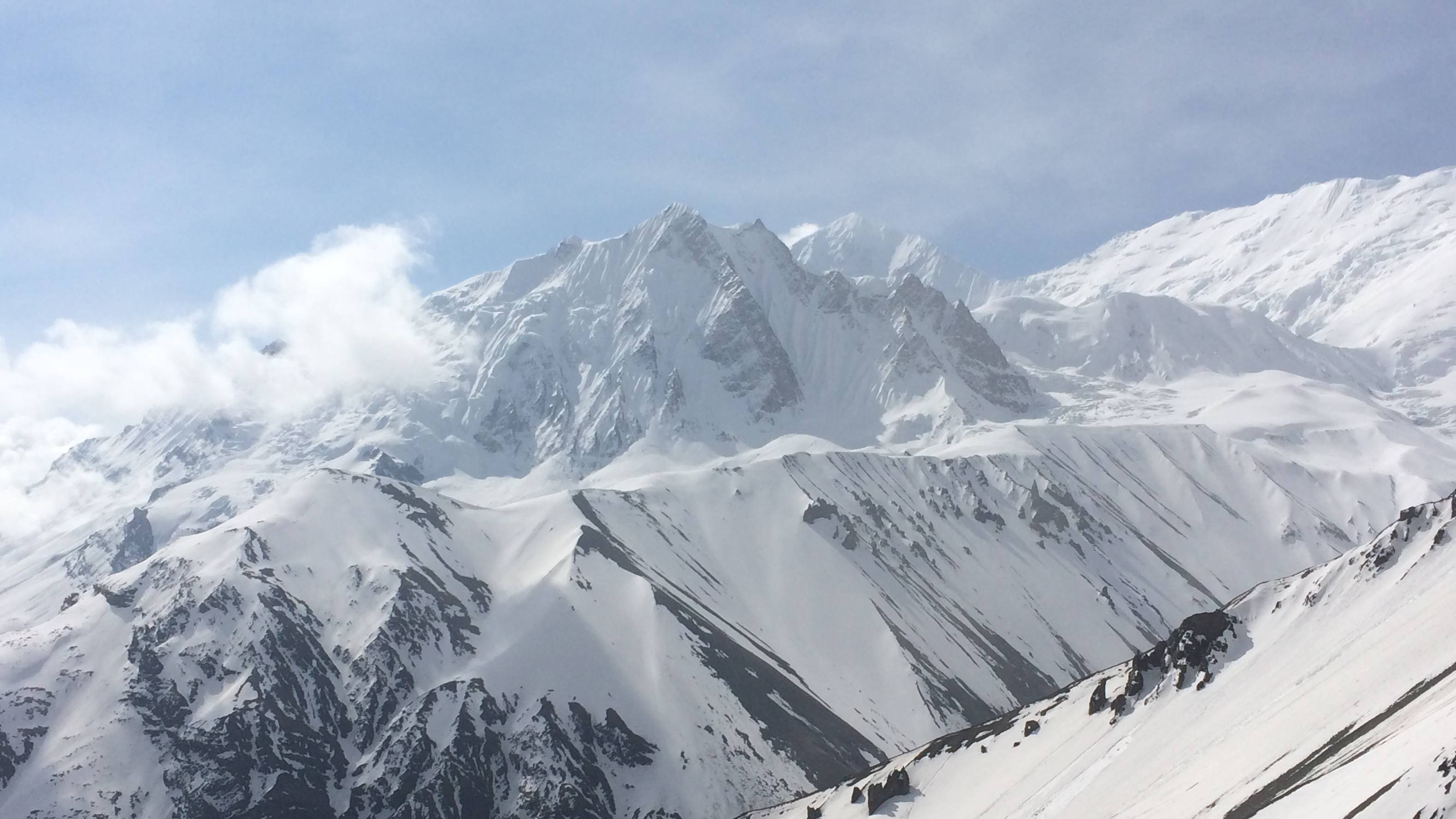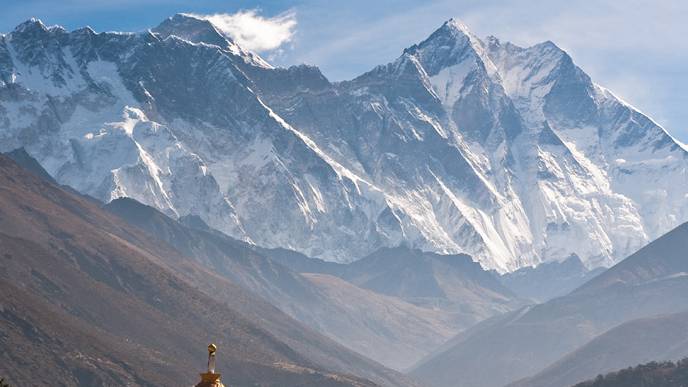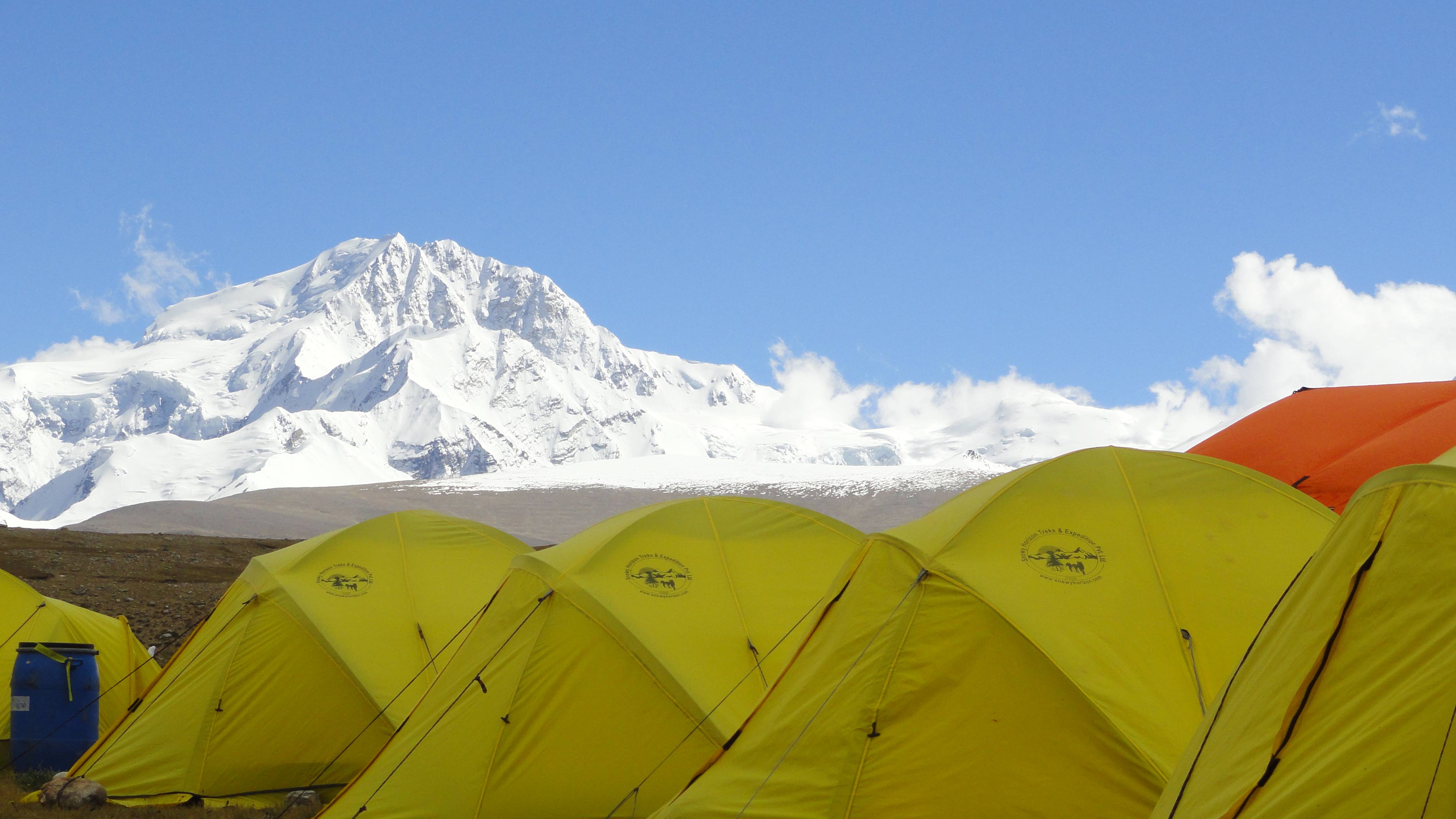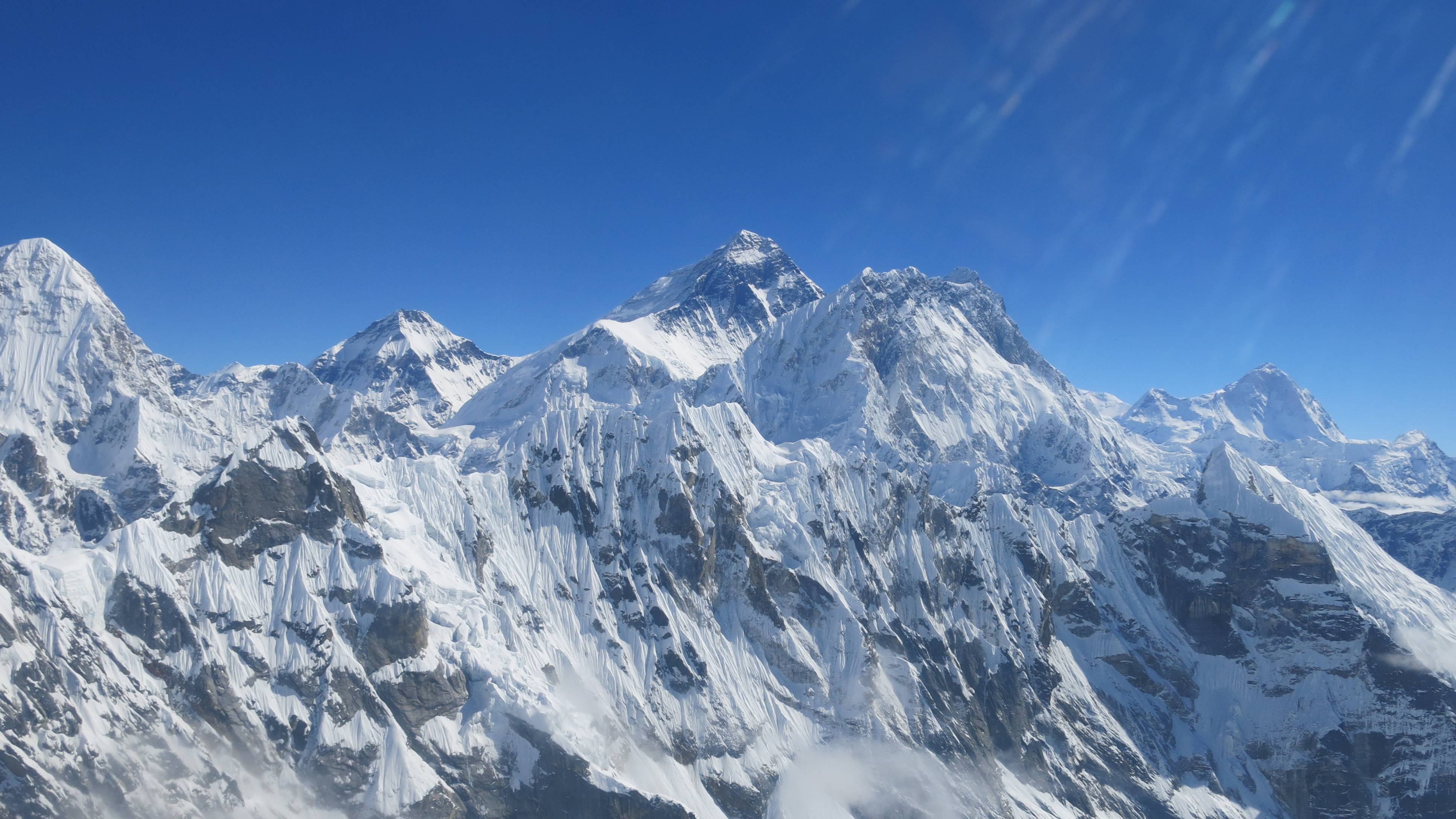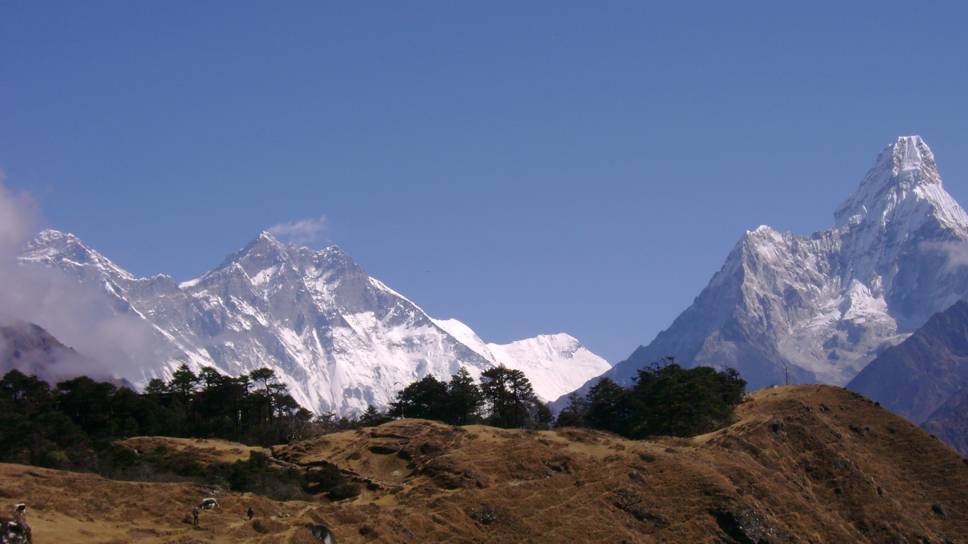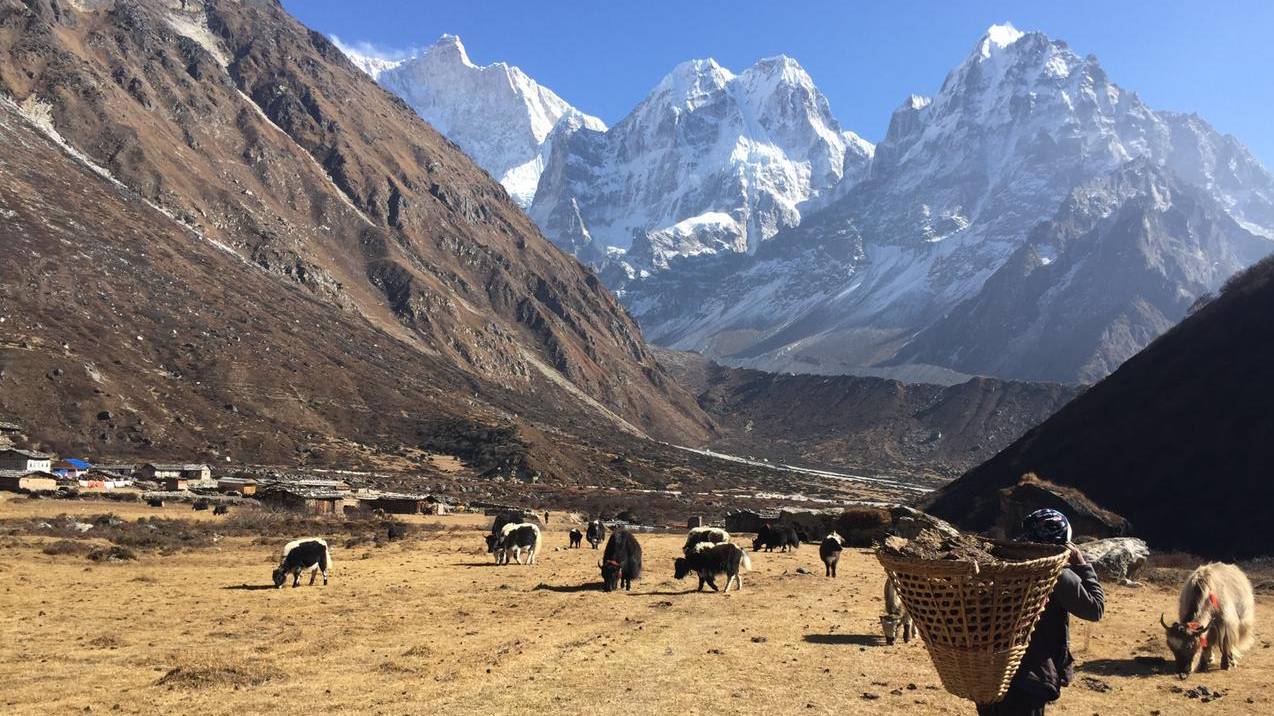Paldor Peak Climbing
Overview
“Join us on a trekking and mountaineering experience to Paldor Peak (5896m) situated just northwest of Kathmandu, one of the most popular trekking peaks in the Ganesh Himal region”
John Cleare and Ian Howell first climbed the Paldor Peak in 1974. There are many possible ways to the summit however the popular routes are from the North East, South East, West and Southwest Ridge.
On the summit, you can enjoy stunning views of the Ganesh Himal range after Paldor Peak Climbing. The name Ganesh is taken from the elephant-headed Hindu god of good luck probably the most popular god with Hindus in the Kathmandu valley. Paldor Peak lies at the southeast end of Ganesh Himal marking the junction of the Tiru and Karpu Dundas at the head of the Mailung Khola, a tributary of the Trishuli River. On a clear day the Ganesh Himal, with the icy fangs of Pabil (7,101m), Logsang Karpo (7,150m), Ganesh I (7,406m) and Ganesh V (6,950m) can be seen forming an imposing backdrop to the northwest of Kathmandu when you complete the Paldor Peak Climbing with success.
The quickest approach to Paldor is from Syabrubesi after a 6 to 7 hour drive from Kathmandu. Here the trail meets the Langtang Khola. After crossing the Langtang Khola, the route leads via Tamang to the heritage villages of Tangjet and Gatlang. The route then heads northwards along the ridge before dropping into the forest above Mailung Khola to join up the newly built road that leads to an army post. The moraine-filled valley below Paldor Peak is just a day’s walk from there. An even more exciting approach is the trek from Sundarijal (on the outskirts of Kathmandu valley) through the hills of Helambu and over the Gosainkunda range to Syabrubesi. We are happy to advise you on your options and plan the trip according to your ideas for the most awaited experience of Paldor Peak Climbing.
Snowy Horizon Team offers you a full board package including NMA Peak Climbing Permit, and all necessary trekking and camping logistics from arrival in Kathmandu up to your departure. We organize your accommodation in Kathmandu as well as throughout your trek. Our cook freshly prepares nutritious meals throughout the climbing period and experienced and professional trekking and climbing guides accompany you on the trek as well as on the Paldor Peak Climbing. In addition, we can organize any sightseeing in and around Kathmandu for you.
The package of Paldor Peak Climbing can easily be adjusted to your requirements for customizing. Thus feel free to contact us at any time for suggestions and advice. We’d be happy to take you on this adventure.
Day-to-Day Itinerary:
Day 01: Arrival at Kathmandu airport and Hotel transfer (1350m).
Day 02: Rest, preparation, last-minute shopping and briefing.
Day 03: Drive from Kathmandu to Syabrubesi (1503m-6 Hrs.); lodge.
Day 04: Trek from Syabrubesi to Gatlang (2340m-7 Hrs.) via Goljung; teahouse.
Day 05: Trek from Gatlang to Yuri Kharka (3280m- 5Hrs.); teahouse.
Day 06: Trek to Somdang (3,260m-5 Hrs.) via Khurpudanda pass (3,750m); teahouse.
Day 07: Trek from Somdang to Jasta Khani (3700m-6 Hrs.); camping.
Day 08: Trek from Jasta Khani to Paldor Base Camp (4280m-6 Hrs.); camping.
Day 09: Rest day at Base camp for acclimatization (4280m); camping.
Day 10: Trek from Paldor Base Camp to Paldor High Camp C1 (5300m-5 Hrs.); camping.
Day 11: Summit Paldor Peak (5896m); we will down climb to the Base Camp; camping.
Day 12: Trek from the Base camp to Somdang (4305m-7 Hrs.); teahouse.
Day 13: Trek from Somdang to Narchet Kharka (3800m-7 Hrs.); teahouse.
Day 14: Trek from Narchet Kharka to Sertung (3270m-7 Hrs.); teahouse.
Day 15: Trek from Sertung to Jharlang (1600m-Hrs.); teahouse.
Day 16: Trek from Jharlang to Darkha (1557m-7 Hrs.); teahouse.
Day 17: Trek from Darkha to Khahare Bazaar (720m-7 Hrs.); teahouse.
Day 18: Drive From Khahare Bazaar to Kathmandu (1350m-6 Hrs.); transfer to hotel.
Day 19: Final Departure or join other activities.
Day-to-Day Itinerary:
Day 01: Arrival at Kathmandu airport and Hotel transfer (1350m).
Day 02: Rest, preparation, last-minute shopping and briefing.
Day 03: Drive from Kathmandu to Syabrubesi (1503m-6 Hrs.); lodge.
Day 04: Trek from Syabrubesi to Gatlang (2340m-7 Hrs.) via Goljung; teahouse.
Day 05: Trek from Gatlang to Yuri Kharka (3280m- 5Hrs.); teahouse.
Day 06: Trek to Somdang (3,260m-5 Hrs.) via Khurpudanda pass (3,750m); teahouse.
Day 07: Trek from Somdang to Jasta Khani (3700m-6 Hrs.); camping.
Day 08: Trek from Jasta Khani to Paldor Base Camp (4280m-6 Hrs.); camping.
Day 09: Rest day at Base camp for acclimatization (4280m); camping.
Day 10: Trek from Paldor Base Camp to Paldor High Camp C1 (5300m-5 Hrs.); camping.
Day 11: Summit Paldor Peak (5896m); we will down climb to the Base Camp; camping.
Day 12: Trek from the Base camp to Somdang (4305m-7 Hrs.); teahouse.
Day 13: Trek from Somdang to Narchet Kharka (3800m-7 Hrs.); teahouse.
Day 14: Trek from Narchet Kharka to Sertung (3270m-7 Hrs.); teahouse.
Day 15: Trek from Sertung to Jharlang (1600m-Hrs.); teahouse.
Day 16: Trek from Jharlang to Darkha (1557m-7 Hrs.); teahouse.
Day 17: Trek from Darkha to Khahare Bazaar (720m-7 Hrs.); teahouse.
Day 18: Drive From Khahare Bazaar to Kathmandu (1350m-6 Hrs.); transfer to hotel.
Day 19: Final Departure or join other activities.
Full Board Service Cost : Please contact us by email or call us
Cost Include
- Airport - hotel -airport pickup and drop by private vehicle in Kathmandu.
- Three nights of hotel accommodation in Kathmandu on BB Plan.
- Meals on full board (Breakfast, lunch and dinner) during trekking & climbing.
- Best available teahouse and tented accommodations during trek and climbing.
- Nominal camping with tents and cooking set for 2 nights in Yala BC.
- An experienced Government license holder trekking and climbing guide.
- Trekking porter /Sherpa to carry your bags during the trekking max 20 KG baggage/porter.
- Wages, meal & accommodation, insurance, equipment and transportation for guide and porters.
- Ground transportation by private vehicle from Kathmandu to Syabrubesi and VV.
- Group medical supplies (first aid kit will be available) if required.
- Paldor Peak Climbing Permit through Nepal Mountaineering Association (NMA).
- All necessary paper works and Langtang National park entry fees.
- TIMS (Trekkers' Information Management System) card.
- All government taxes and our service charges.
- Farewell Dinner before departure.
- Snowy Horizon T-Shirt/Souvenir.
Cost Exclude
- Lunch and dinner in Kathmandu.
- Your Travel insurance.
- Nepal entry visa fee (Visa issuance is easy at Airport).
- Tips for trekking staff and driver. (Tipping is expected but not mandatory).
- All kinds of drinks (hot, cold and alcoholic)
- Personal shopping, laundry and Internet expenses, etc.
- Personal trekking Equipment/Gears.
- Items and services not mentioned in the “Service Include” section.
Notes
- Cost defers on Hotel Category for Hotels in Kathmandu.
- The itinerary is changeable and modifiable as per the needs and time frame of the clients.
- The cost will be re-calculated if the itinerary is changed or modified.
- Additional activities may be added as per request with nominal additional cost.
- For any kind of changes please contact us by email or call us
- Grade: Strenuous
- Elevation: 5,896m (19,331ft)
- Location: Langtang Region
- Coordinates: 28°16'37"N 85°11'10"E
- Season: spring (February, May) and autumn (September, December)
- Duration: 19 days (typically)
- Group Size: 02-15 person per Group

